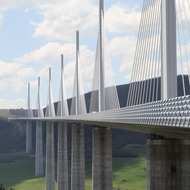Think Like a Beaver (4th - 6th Grade) Ecosystem Activity
(View Complete Item Description)In this lesson students create a model beaver dam and demonstrate changes in the ecosystem community pre- and post-dam. Students hypothesize about changes that they would expect to see to the ecosystem after the beaver dam is built. NGSS: 5-ESS2-1, 3-5-ETS1-3 Time: one or two 50-minute class periods Materials: ecosystem cards (included), seed trays or long Tupperware containers, wood/popsicle sticks, sand, rocks, and clay
Material Type: Activity/Lab, Lesson Plan




















